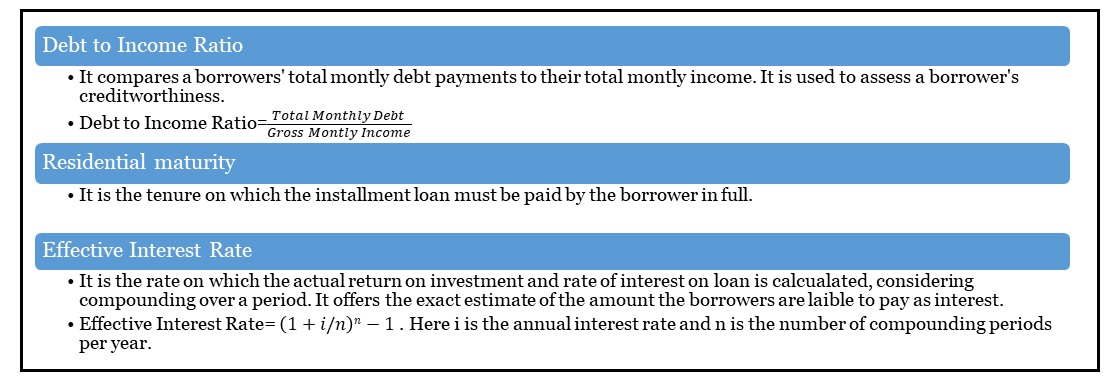900 319 0030
enquiry@shankarias.in
According to the RBI, household debt surged to 5.8% of the GDP in 2023, marking the second-highest annual increase since Independence.
|
Status of Household Debt in India |
|

At the current pace of growth in debt and income, Indian households would reach the threshold level over the next 5 to 6 years.
References